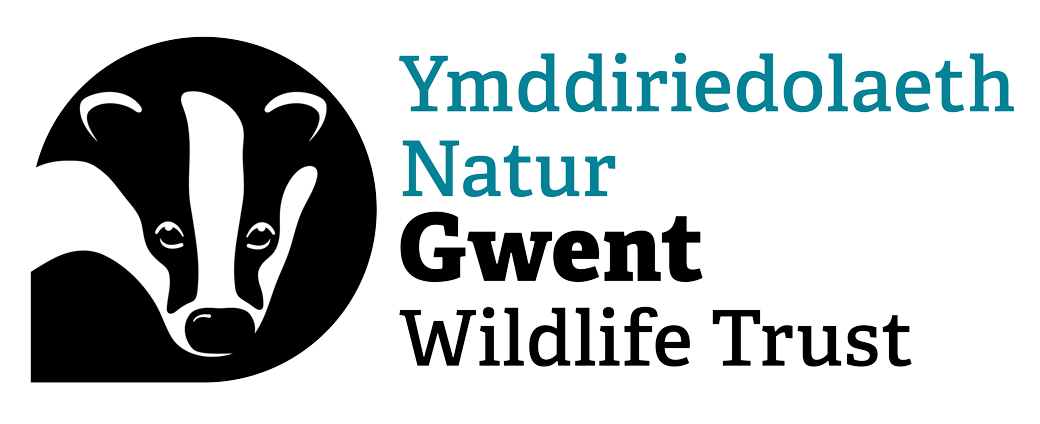Search
Search
Coastal and floodplain grazing marsh
Enormous flocks of geese, ducks and swans swirl down from wide skies to drop onto the flat, open expanses of flooded grazing marshes in winter. In spring, lapwing tumble overhead and the soft,…
Conservation grazing - bracken bashing the “natural method” – cattle and pony grazing.
During a six week trial, this natural approach aims to tame bracken's smothering impact, offering a promising alternative to labour-intensive control methods.
Livestock checking and conservation grazing; how volunteer shepherd support GWT
Discover how GWT’s volunteer shepherds play a vital role in conservation grazing. By checking livestock daily, they help maintain healthy habitats, protect wildlife, and ensure animal welfare—all…
On the 12 Days of Christmas, I’ll give back to the Earth …
Gwent Wildlife Trust Reserves Appeal Ambassador and blogger Lucy Holland is giving back to nature this Christmas
Grayling
The grayling is one of our largest brown butterflies and a master of disguise - its cryptic colouring helps to camouflage it against bare earth and stones in its coastal habitats and on inland…
Legacies
Land Management
Orange-clubbed sea slug
A small colourful sea slug that can be found grazing on sea mats on the rocky shore and beyond the low water mark.
Hairy dragonfly
The UK's smallest hawker, the Hairy dragonfly is mostly black in colour, but has a distinctively hairy thorax. It can be found in grazing marshes and flooded gravel pits, and along canals…
Welsh government gives thumbs up to beavers in Wales
Welsh Government supports the managed re-introduction of European beaver in Wales.
Seven top tips for amazing wildlife experiences: the art of fieldcraft
Improve your chances of seeing wildlife with fieldcraft tips from Matthew Capper, keen birdwatcher, photographer and head of communications at Lincolnshire Wildlife Trust.
